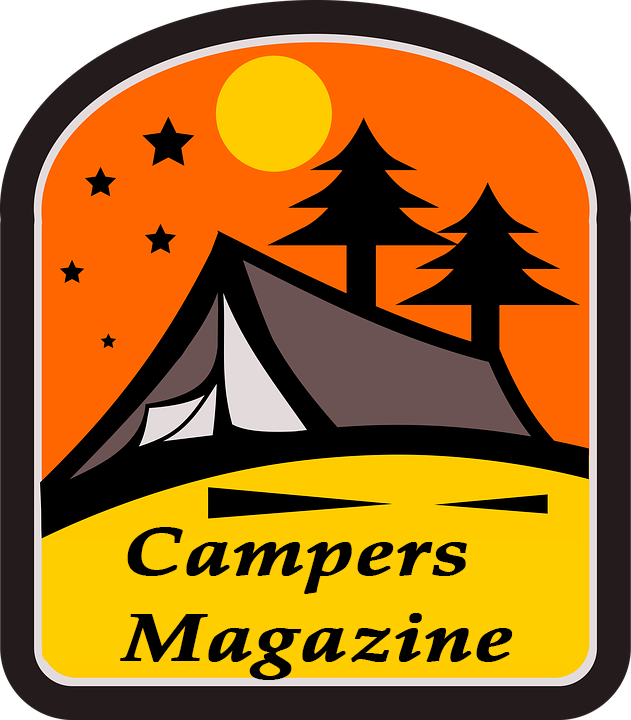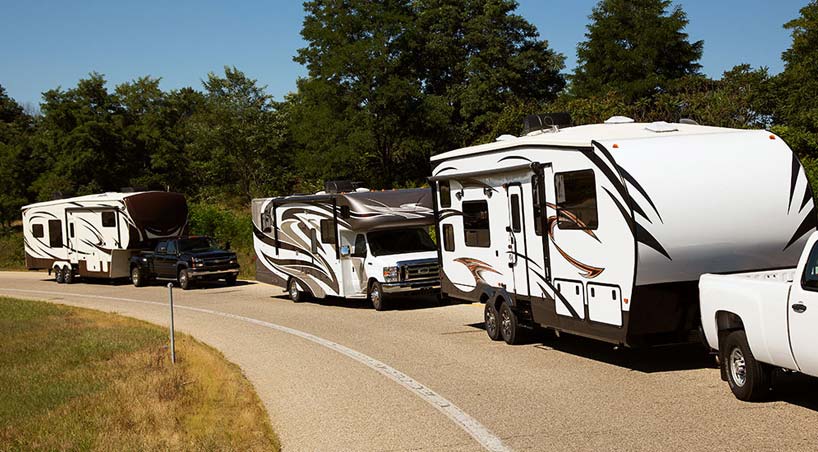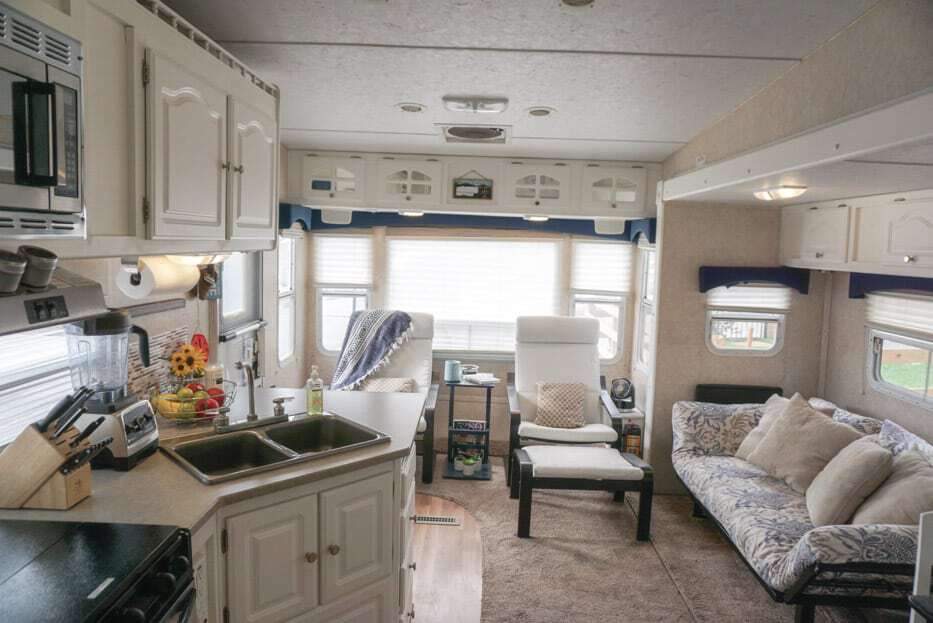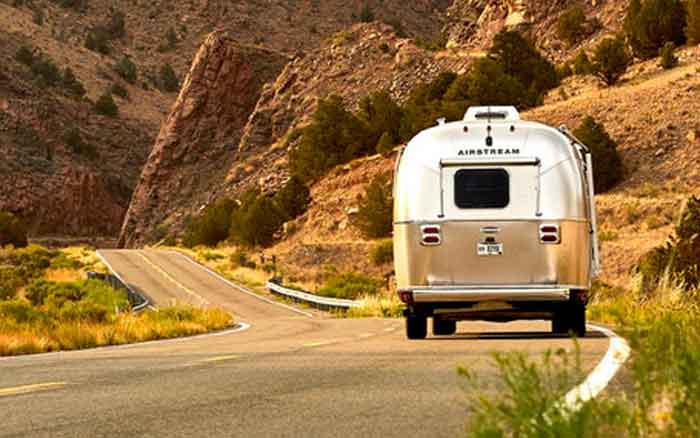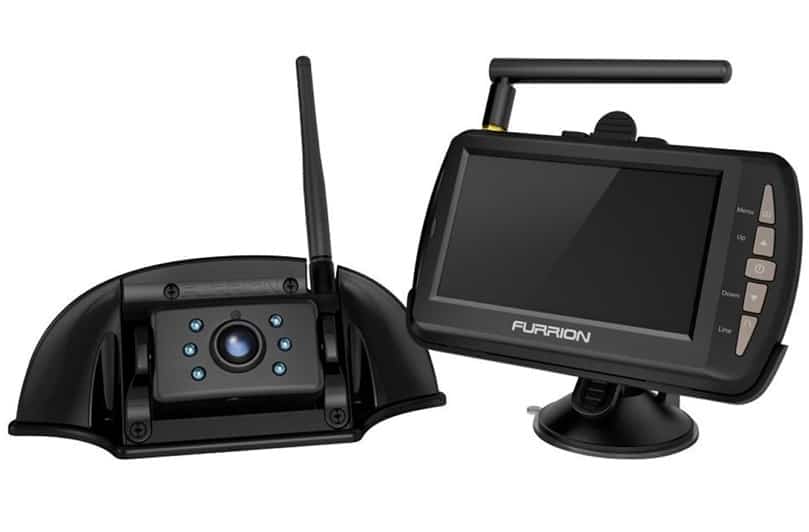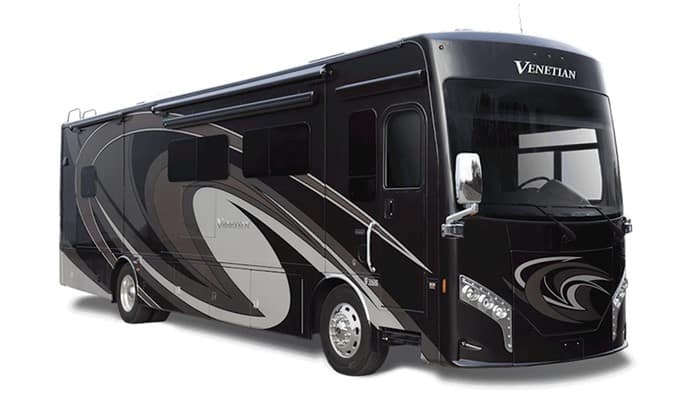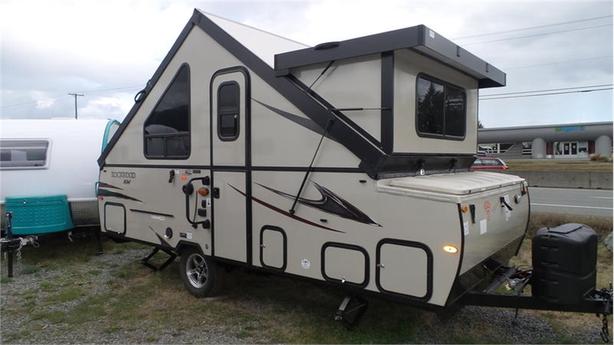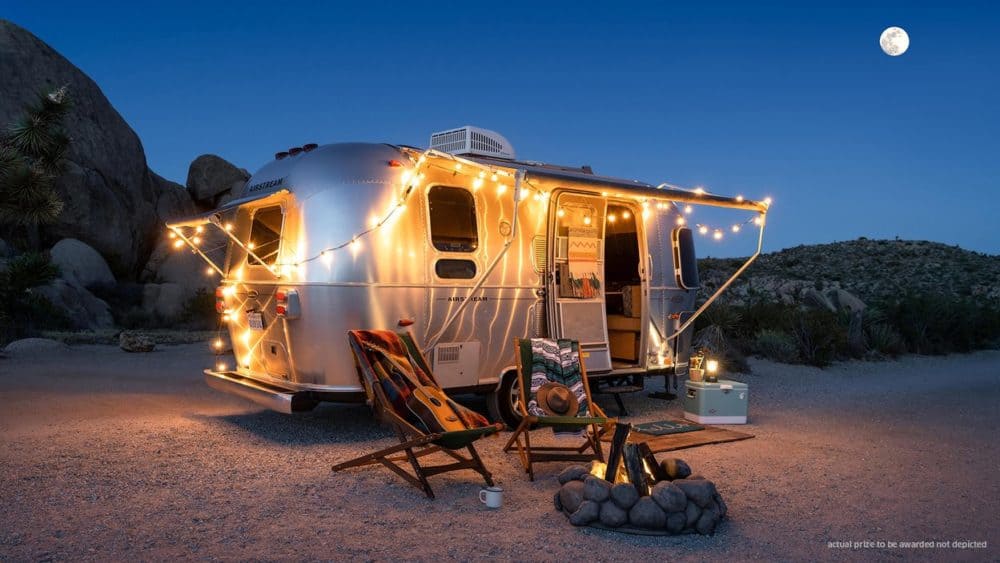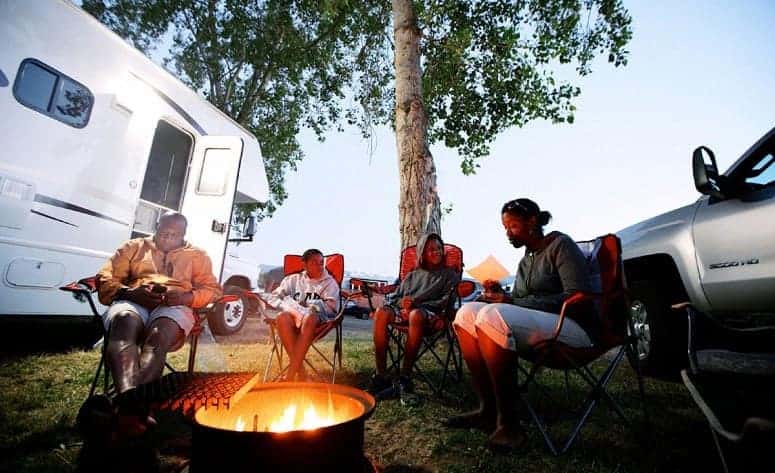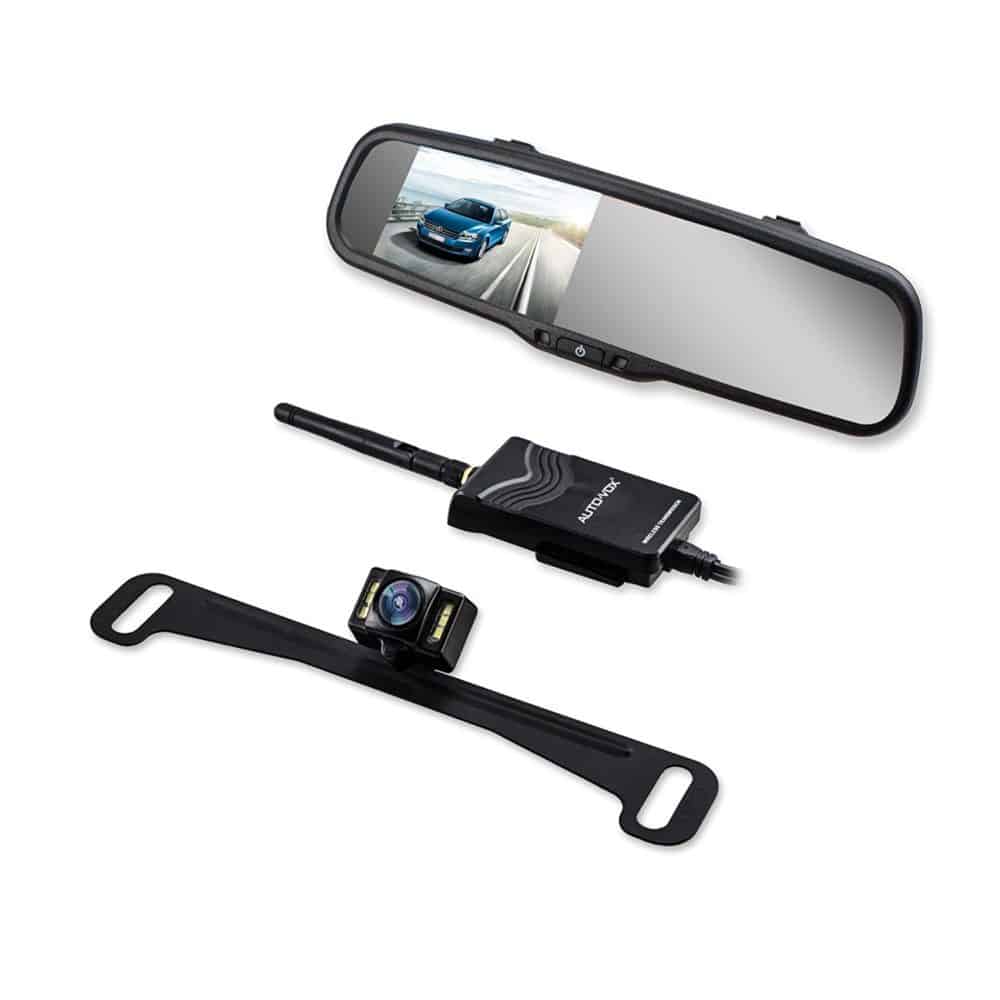I am sure many of our readers at some point have dreamed about owning a camper and gaining freedom. RV driving tips are the first step towards that dream.
The sense of liberty is addictive. The imagination starts to connect you to the mental image of being a RVer. However, those dreams do not include the part where you actually need to learn how to do that.
No matter what type of camper you choose, you will still have to get to know the vehicle from scratch. This includes learning how to operate it.
Most people think that it is just like driving a car. Some say that it is extremely different. However, both opinions have one thing in common: you need to learn how to do that.
There are good news about RV driving tips. If you opt for a camper trailer as your first RV, it will be relatively less difficult. Nonetheless, motorhome driving tips differ a little from the camper trailer RV driving tips.
- Preventative maintenance inspection is mandatory
- Motorhome driving tips: turning radius
- RV driving tips: practicing on vacant roads
- Motorhome driving tips: clean and secure interior
- RV driving tips: secure exterior
- Morothome driving tips: keep distance
- RV driving tips: extra merging time
- Motorhome driving tips: keep it slow
- RV driving tips: take regular stops and rests
- Motorhome driving tips: ask the group travelling with you not to talk while you drive
- RV driving tips: blind spots are the devil of RV driving
- Motorhome driving tips: exact width and height of your RV
- RV driving tips: camper GPS devices are the best helpers
Preventative maintenance inspection is mandatory
Since you are a beginner, making sure that everything works perfectly on the camper is a must-do step. If accidentally something happens and you do not know the vehicle that good, there is very little chance you will be able to get out of the situation without having to call car service.
Keep in mind the fact that a motorhome is much bigger than your car. Therefore, the occurred problems can become bigger faster than you can expect them to.
The first and the most obvious thing to check is the tires, break lights, turning signals and mirrors, of course. These are the basic motorhome driving tips for beginners.
Having the comforts of your home, back yard or a garage can be nowhere near compared with having to fix any problem with the car outside on the road, especially when you are new to all this.
Make sure to check out my article on PDI inspection.
Motorhome driving tips: turning radius
With this point I decided to pay a special attention to motorhomes. These are relatively bigger than other RVs.
Therefore, everything is much difficult with these ones. Let’s take for example a regular camper trailer, which you will be towing with your own car and a large motorhome.
The situation with the first one is that you already know every little thing about your car. You know what speed and what power it needs for certain roads. The turning radius is well mastered by you.
However, in the second case all the motorhome driving tips come to action. A motorhome is much more difficult to understand at first.
A good driver always feels the vehicle. He/she knows where the car stars and where it ends. It will take much time in order for you to be able to understand and feel your motorhome completely.
All this info will be useful for you only on the theory. You will be mentally prepared for the challenge. Nonetheless, if you are looking for a practical advice, here it is.
Making a right turn, you will sometimes have to drive a little further and into the opposite side of the road, in order to make the turn correctly.
Meanwhile, making a left turn it will help to hold the vehicle towards the opposite direction a little before making the turn. Keep a little right in order to make the left turn.
Let’s not forget and carefully keep in mind that fact that backing up a camper is a huge challenge. I have talked about this countless times. Sorry if it is a little annoying and sounds like a repetition.
However, the situation and the challenge is pretty serious. Therefore, I want to make sure your attention is always on point and you focus on what is truly important.
Have a look at my travel trailer camping tips.
RV driving tips: practicing on vacant roads
No matter how many motorhome driving tips you know, how many articles you read about RV driving tips, you will still need to practice them on an actual RV, in order to be able to use all the tips.
No amount of reading can ever replace the real practice of driving and using those tips. Get behind the wheel and drive as much as possible in order to test out all the tips and see if they work for you.
Starting off with off hours is the best way to be safe on roads. You can also try road, which are not that often used. This will make sure there is very little traffic and the risk of accident will decrease almost to 0.
My personal favorite is the empty parking spaces. I have tested out all the motorhome driving tips known to me in the parking lots, either very early in the morning, or very late at night.
Office buildings have huge parking spaces. During non-work hours there are absolutely no cars there. Go ahead and test out the RV driving tips. You can also go there on weekends.
Motorhome driving tips: clean and secure interior
Anything that can distract a driver can potentially cause an accident. It can be severe, can be mild. No matter the gravity, any accident is unwanted.
Therefore, everything needs to operate perfectly in an RV in order not to distract the driver.
The first distraction people think of is the phones. Everyone knows that you shouldn’t be on the phone while driving. However, in case of RVs, there are many other items, which can be unsecured and cause distraction.
Imagine forgetting to put the kitchen utensils in the drawers. You hear a loud sound of them falling on the ground and the attention is immediately directed towards the back of the camper, instead of the road.
RV driving tips: secure exterior
There are so many things secured to a camper from the outside. Multiple hoses, staircase, jacks, antennas and so much more are secured to the camper in multiple ways.
It is sometimes easy to forget about small details, when you are dealing with a huge vehicle. However, those small details can cause huge problems.
The good news is that almost none of those items will let you even drive off from where you are parked. Nonetheless, you will still be have to stop and fix the problems.
The inspection I have talked about earlier also includes checking up on everything and making sure the interior and the exterior is secured.
Morothome driving tips: keep distance
It is logical that the bigger the vehicle the larger the brakes. However, because of the size, the weight is also huge. Therefore, the pressure is more and it is harder to stop.
Get the stopping speed and distance of your car out of your mind and start getting used to the fact that it will take relatively longer for your camper to stop.
The average difference is about 6-7 seconds. It is that much longer than a car that a camper requires to stop. Just start braking sooner.
A practical tip would to keep more distance between you and the vehicle in front of you. Moreover, the fact that the regular car in front of your vehicle will be able to stop extremely abrupt is also a game changing fact.
You can simply not have enough time to brake and stop, causing an accident.
RV driving tips: extra merging time
The mechanism is exactly the same with gaining speed as it is with stopping the vehicle: it takes time!
Moreover, because of the size of the vehicle, you will need to create enough room for the camper to be able to maneuver it into the traffic.
The above-mentioned fact will get you waiting for a while before you will be able to merge your vehicle to the highway.
Therefore, keep in mind the fact that you would need to be patient at such times and wait until there is no traffic and you have more than enough time to merge carefully and without any accidents.
Motorhome driving tips: keep it slow
I have already talked very much in details about how it is with a motorhome’s brakes, turning and acceleration. You can conclude form those that that every move done with a motorhome needs to be at least 6-7 seconds slower than with your regular car.
Therefore, I highly recommend driving your RV slowly. Of course, I do not mean for you to crawl to your destination. However, keep it to a reasonable slow speed.
This will ensure you have enough and even extra time to react to what is going on around. Maybe there is an animal running at the street, a car braking abruptly or anything else, really.
RV driving tips: take regular stops and rests
There are relatively more things to focus on when driving an RV rather than driving a regular car or even an SUV.
This means that driving an RV will get you tired sooner than a car would. Therefore, you will require rests more often when heading the road on a camper.
I personally do the following: if I plan to be at a certain destination at a certain time, I calculate how long would it take me to get there on m regular car.
The number is doubled and I get the amount of time I should have in backup in order to get there on the time I want to.
Do not be shy to stop and take rests if you are travelling with a group. You are the driver and everything depends on you. You are the most important person who needs to be at his/her best feelings.
Motorhome driving tips: ask the group travelling with you not to talk while you drive
Now this tip is where opinions divide and sometimes arguments start over the topic.
Some people say that it is disturbing them when people talk and move around, while they drive. Other say that it keeps them awake and does not let them sleep while driving.
However, there are people, who I understand the most and share their opinions, who believe that it is okay if people talk, but do not shout. They have a conversation with the driver while driving but do not start an argument and get into a debate. This tenses the driver.
It is okay if one person decides to get up and go to the bathroom, while the vehicle is moving. Nonetheless, it will not be acceptable if 3-4 people get up and start walking around and doing stuff in the back.
RV driving tips: blind spots are the devil of RV driving
Again, with the size of the vehicle. It is big, bigger than any other vehicle you have ever driven. Even regular cars can sometimes have blind spots.
Imagine how many are those blind spots on an RV. When you are driving a class C or A motorhome, the issues with blind spots become twice as much.
Therefore, it is a normal occurrence that you may not see everything next to or behind the camper. Before switching lanes or taking another road on a highway, you need to be extremely careful and keep an open eye for anything out of the blue.
The first rule is to always use your turn signals. Other drivers know that your large vehicle has blind spots and they will let you know that there is a car in your blind spot most probably by honking.
The second advice is to always do the maneuvering slowly, so you have enough time to pull back if something goes wrong.
Motorhome driving tips: exact width and height of your RV
Besides the size in length, campers are taller than most cars. This can cause many issues with lower bridges on highways.
Besides the bridges, there are also wires, as well as overpasses, which can cause issues when driving. Some parking garages are also with lower ceilings.
Therefore, it is almost impossible to park your camper in underground parking lots.
Moreover, besides the height, there is also the width of the camper. In most cases you will encounter with eight-feet long motorhomes.
Their width is just at the limitation of the driving regulations on highways. As a result, you need to keep in mind that you do not have extra space in your lane on a highway.
Additionally, imagine if there are construction work going on the road. You will have absolutely no space to maneuver.
RV driving tips: camper GPS devices are the best helpers
In twenty first century almost no driver goes out of town without using a GPS device. People choose various options of GPS.
Some prefer Google Maps, the others prefer Yandex Maps, there are drivers who use other maps. Nonetheless, every one of them has the desire to get to the destination safe and sound without any accidents.
The situation with campers is a little different than with regular cars. RVs have more restrictions when I comes to the roads. Because of their size, certain roads are not available for them.
Therefore, smart people have come up with this great idea of creating a special GPS map, which will be tailored towards RV driving only, taking into consideration certain motorhome driving tips.
These maps also have all the national parks, gas stations and resting areas for camper drivers. These features make it easy for campers to plan their road ahead.
You will know your resting spots in advance and you will be able to calculate which gas station you will need on the road.
So, here are my advice on RV driving tips. Hope you follow them as close as possible and think of your own motorhome driving tips based on your experience of being an already knowledgeable and skillful RV driver.
